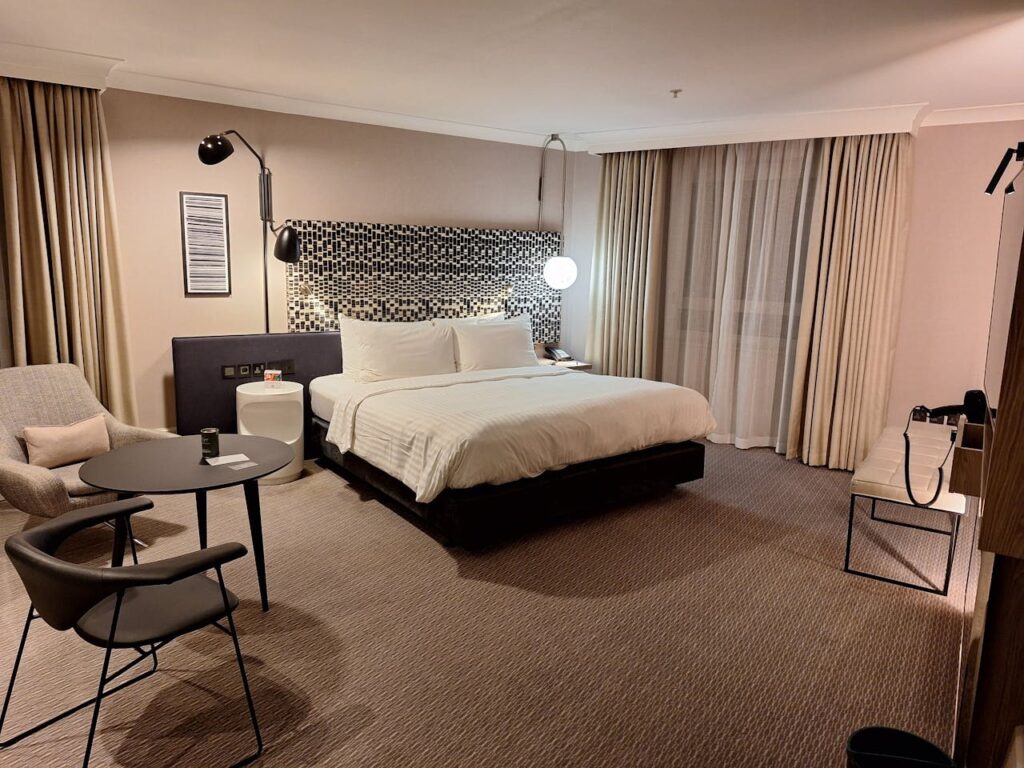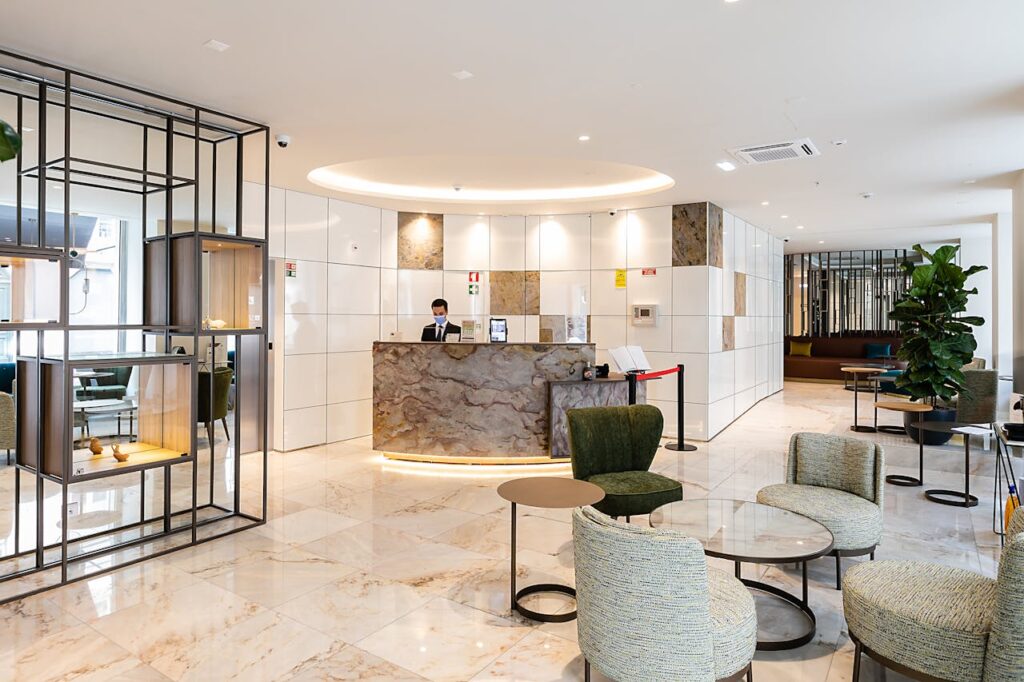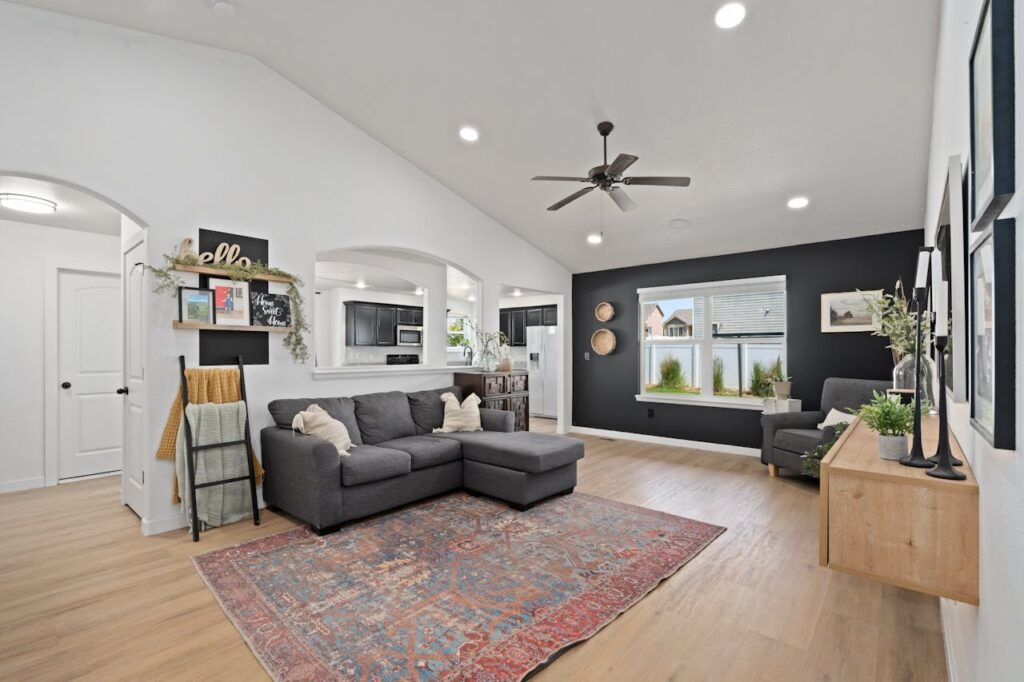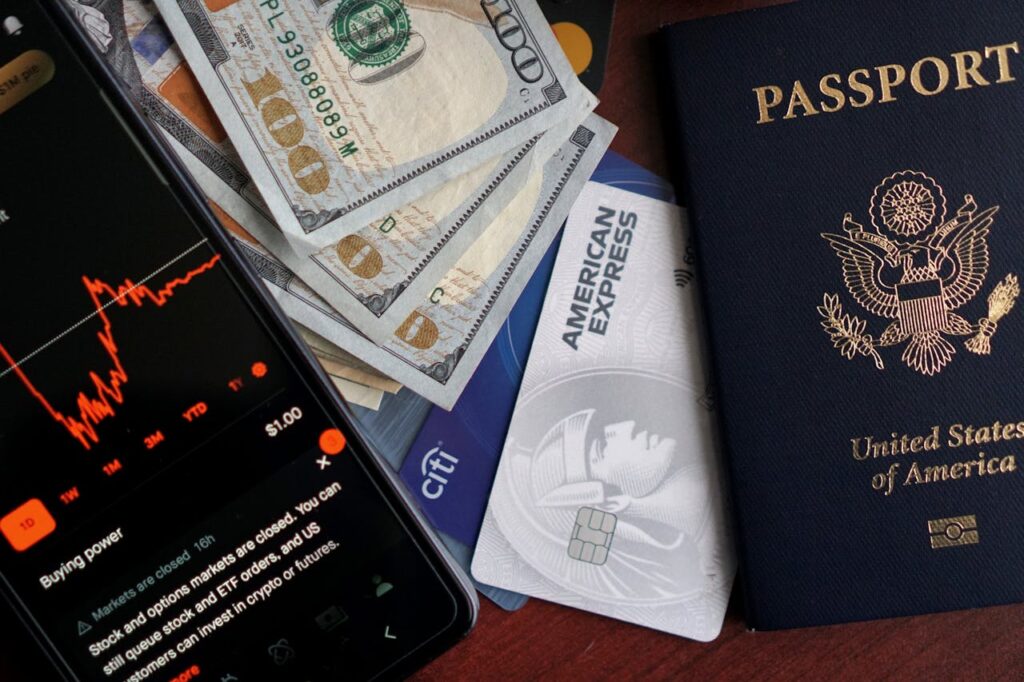7 Proven Pricing Strategies to Skyrocket Your Airbnb Profits
Table of Contents
Introduction
Did you know most Airbnb hosts leave 20-30% of their potential income on the table due to poor pricing? In the competitive world of short-term rentals, setting the right price can make or break your success. Smart pricing strategies are essential for maximizing occupancy and revenue, ensuring your listing stands out while keeping your calendar full.
Pricing isn’t just about picking a number—it’s about understanding your market, your guests, and the value you offer. A well-priced listing attracts more bookings, boosts your ranking on Airbnb’s algorithm, and ultimately increases your profits. On the flip side, overpricing can scare guests away, while underpricing leaves money unclaimed.
In this post, you’ll discover seven proven pricing strategies to skyrocket your Airbnb profits. From leveraging dynamic pricing tools to tapping into seasonal demand, these tactics are designed to help you optimize rates without guesswork. Whether you’re a new host or a seasoned pro, you’ll learn how to analyze competition, adjust for local events, and use psychological pricing to your advantage. By the end, you’ll have a clear roadmap to price smarter, book more, and earn what your property truly deserves. Let’s dive in!

1. Dynamic Pricing Tools Are Your Best Friend
In today’s competitive Airbnb landscape, implementing effective pricing strategies is crucial for maximizing your rental income. Among these strategies, dynamic pricing tools stand out as essential resources for hosts looking to optimize their earnings. Dynamic pricing tools like PriceLabs, Wheelhouse, and Beyond Pricing use sophisticated algorithms to analyze market data and automatically adjust your nightly rates. These platforms examine factors including local demand patterns, seasonality trends, and upcoming events that might impact occupancy in your area. By continuously monitoring these variables, they ensure your property is always priced competitively.
The primary advantage of these tools is their ability to respond quickly to market changes that might otherwise go unnoticed. For instance, when a major conference is announced in your city, these systems can immediately raise your rates to capitalize on increased demand. Conversely, they can lower prices during typically slow periods to maintain higher occupancy rates.
While automation offers convenience and data-driven insights, many successful hosts find that combining these tools with manual oversight yields the best results. This hybrid approach allows you to leverage powerful analytics while still incorporating your unique knowledge of local trends and property advantages that algorithms might miss. The small investment in these pricing strategies typically pays for itself many times over through increased revenue.
2. Adjust Rates Based on Seasonality
Adjusting your rates based on seasonality is one of the most effective pricing strategies to maximize your Airbnb profits. Understanding the difference between peak and off-peak seasons is crucial. During peak seasons, such as holidays or local events, demand is high, allowing you to charge premium rates. Conversely, off-peak periods may require lower prices to attract guests and maintain occupancy.
Creating a custom seasonal calendar helps you stay ahead of market trends. Research local events, weather patterns, and school holidays to identify high-demand periods. This allows you to adjust prices dynamically, ensuring you never miss out on potential revenue.
Offering discounts or promotions during low seasons can also boost occupancy. Consider providing weekly or monthly discounts to attract long-term stays, or bundle amenities like free parking or late check-out to add value. These small incentives can make your listing more appealing without significantly cutting into profits. By leveraging these pricing strategies, you can optimize your Airbnb income year-round. Seasonal adjustments ensure you capitalize on high-demand periods while keeping your property booked during slower times, ultimately skyrocketing your profits.
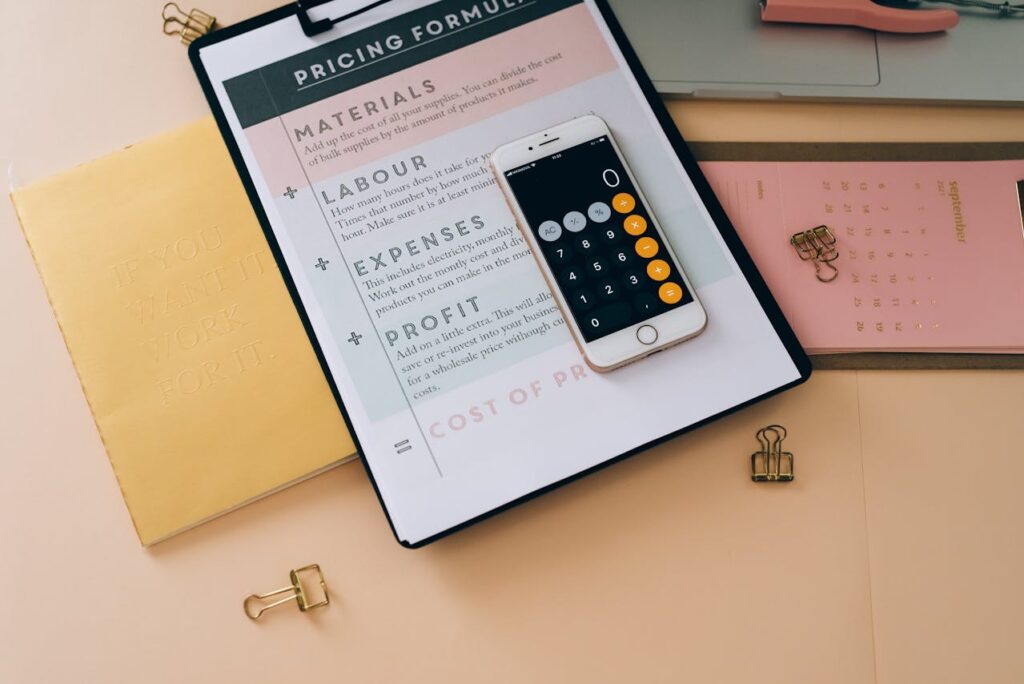
3. Optimize for Local Events and Holidays
One of the most effective pricing strategies for Airbnb hosts is optimizing your rates around local events and holidays. Travelers often flock to cities for concerts, festivals, sports events, and seasonal celebrations. These periods bring a surge in demand, giving you an opportunity to increase your nightly rates and maximize profits. To stay ahead, it’s essential to keep an eye on local event calendars, convention center schedules, and tourism websites. Many cities have annual events that draw large crowds, and savvy hosts plan their pricing well in advance. By aligning your calendar with these events, you can capitalize on the increased demand and avoid leaving money on the table.
Another key tactic is setting blackout dates or adjusting your minimum night stays. During high-demand events, consider requiring longer minimum stays to reduce turnover and ensure bookings that are worth the effort. For example, a three-night minimum during a popular festival can reduce gaps and increase efficiency. Effective pricing strategies during local events not only help you earn more per night but also improve your overall occupancy rate. Being proactive and flexible with your pricing and availability gives you a significant edge over hosts who keep their rates static year-round.
4. Set Competitive Base Prices
Setting competitive base prices is a cornerstone of effective pricing strategies for Airbnb hosts. To start, research your competition using tools like AirDNA or Airbnb’s own comparable listings feature. These platforms let you analyze similar properties in your area—check their nightly rates, occupancy levels, and guest reviews. Look at homes with matching bedrooms, bathrooms, and proximity to key attractions. This data gives you a solid benchmark to work from.
Next, adjust your price based on what sets your listing apart. If you offer premium amenities like a hot tub, stellar views, or a prime location, you can charge more than the average comp. However, if your space lacks certain perks or is farther from hotspots, consider a slightly lower rate to stay attractive. Guest experience matters too—fast Wi-Fi, a stocked kitchen, or thoughtful touches can justify a higher price.
Be cautious of pricing pitfalls. Underpricing might fill your calendar but slashes profits and risks devaluing your listing. Overpricing, meanwhile, can lead to empty nights and lost revenue. Strike a balance by starting with a competitive base rate, then tweaking it as you gather booking data and feedback. This approach keeps you in the game without leaving money on the table.

5. Offer Discounts for Longer Stays
Implementing pricing strategies for extended stays represents one of the most effective approaches to stabilizing your Airbnb income while reducing operational costs. By offering weekly discounts of 10-15% and monthly discounts of 25-40%, you can create compelling incentives for guests to extend their bookings beyond just a few nights.
Longer stays translate directly to more predictable revenue streams, eliminating the frequent gaps between bookings that often plague short-term rentals. This consistency allows for better financial planning and reduces the anxiety associated with fluctuating occupancy rates. Additionally, fewer guest turnovers mean significantly lower cleaning costs and less wear and tear on your property over time.
The rise of remote work has created a massive opportunity for hosts targeting this growing demographic. Digital nomads and remote workers often seek accommodations for weeks or months at a time, valuing reliable WiFi, comfortable workspaces, and functional kitchens. By highlighting these amenities alongside your long-stay discounts, you can position your property as ideal for this lucrative market segment.
When implementing these pricing strategies, maintain flexibility in your discount structure. Consider adjusting your long-stay discounts seasonally—offering deeper discounts during traditionally slower periods while reducing them during peak seasons when demand naturally increases. This balanced approach maximizes both occupancy and revenue throughout the calendar year.
6. Leverage Last-Minute and Early Bird Discounts
Offering last-minute and early bird discounts is one of the smartest pricing strategies to keep your Airbnb booked year-round. Spontaneous travelers often search for deals, so reducing rates for last-minute bookings can fill empty dates. A 10-20% discount for stays booked within 7 days can attract these guests, especially in urban or high-demand areas where people make quick travel decisions.
On the other hand, early bird discounts encourage guests to book well in advance, securing your income and reducing last-minute stress. Offering 5-15% off for reservations made 30+ days ahead works well, particularly for vacation destinations or peak seasons. This strategy appeals to planners who prefer locking in a good deal early.
Timing is key—adjust discounts based on demand. If your calendar is filling up fast, reduce or remove early bird offers. If dates remain open as the stay approaches, increase last-minute incentives. Testing different percentages helps find the sweet spot between attracting bookings and maximizing revenue. By balancing these pricing strategies, you can appeal to both spontaneous and organized travelers, ensuring steady occupancy and higher profits for your Airbnb.

7. Use Smart Minimum Stay Rules
Using smart minimum stay rules is one of the most underrated yet powerful pricing strategies for Airbnb hosts. By adjusting your minimum night requirements based on demand and seasonality, you can boost both occupancy and revenue without changing your nightly rates. For example, during weekends or peak seasons, setting a two- or three-night minimum stay can help you attract more serious guests and reduce frequent turnovers. This not only cuts down on cleaning costs but also saves you time. On weekdays or during off-peak periods, lowering your minimum stay to one night can help fill gaps and maintain a steady booking flow.
Another effective tactic is to strategically manage your calendar to avoid orphan nights—those single nights between two longer bookings that are unlikely to get filled. You can either manually adjust your minimum stay requirements around these gaps or use Airbnb’s smart pricing tools to automate the process. These flexible stay rules give you better control over your calendar, help maintain a consistent income, and ensure that your property is booked in the most efficient way. As part of a well-rounded set of pricing strategies, this approach plays a key role in maximizing your Airbnb profits year-round.
Bonus Tips
To keep your Airbnb profits soaring, consider these bonus tips for refining your pricing strategies over time. Regularly reviewing your pricing approach is key—markets shift, seasons change, and guest preferences evolve. Set a monthly or quarterly check-in to assess your rates against competitors and local demand. This habit ensures you’re not stuck with outdated prices that either scare guests away or undervalue your space.
Analyzing performance metrics gives you a clearer picture of what’s working. Track your occupancy rate to see how often your listing books up—too low might signal overpricing, while 100% could mean you’re leaving money on the table. RevPAR (revenue per available rental night) is another gem, blending occupancy and rate to reveal your true earnings potential. Use these numbers to fine-tune your strategy, raising prices during high-demand windows or offering discounts to fill gaps.
Don’t overlook guest feedback—it’s a goldmine for justifying pricing increases. If reviews rave about your cozy setup, spotless space, or unbeatable location, you’ve got leverage to nudge rates up. Pair glowing comments with data showing strong demand, and you’ll feel confident charging what your listing’s worth. Stay proactive, and your profits will reflect it.

Conclusion
Success with Airbnb hosting ultimately comes down to implementing effective pricing strategies that respond to market conditions while maximizing your property’s earning potential. The seven strategies we’ve explored—leveraging dynamic pricing tools, analyzing competitive positioning, utilizing weekend and special event premiums, setting minimum stay requirements, offering longer-stay discounts, implementing seasonal adjustments, and optimizing your cleaning fee structure—provide a comprehensive framework for revenue optimization.
Remember that pricing is never a “set-and-forget” endeavor in the short-term rental market. The most successful hosts maintain a habit of regularly reviewing their performance metrics and adjusting their pricing strategies accordingly. What works perfectly in summer might need significant modification during shoulder seasons or holiday periods. Likewise, strategies that perform well in urban centers may require adaptation for rural or resort properties.
The most valuable approach is one of continuous experimentation and refinement. Try implementing at least one of these pricing strategies this week and carefully monitor the results over the next 30 days. Note changes in inquiry rates, booking pace, and overall revenue. Use these insights to inform your next adjustment, gradually building a pricing system tailored specifically to your property’s unique attributes and market position. With persistence and attention to detail, you’ll discover the optimal pricing formula that maximizes both occupancy and profitability for your Airbnb.
If you found these 7 proven pricing strategies to skyrocket your Airbnb profits helpful, don’t forget to like and share for more expert tips on maximizing your income and staying ahead in the short-term rental game. Keep following for actionable advice to help you optimize your pricing, boost occupancy, and increase your Airbnb revenue. With the right strategies in place, you’ll be well on your way to building a more profitable and sustainable hosting business!
We’d love to hear from you! Have you tried any of these pricing strategies to boost your Airbnb profits? Share your thoughts, experiences, and go-to tips in the comments below! Whether you’re just starting out or already fine-tuning your pricing game, your insights could help fellow hosts maximize their earnings. Let’s build a community of smart and successful Airbnb entrepreneurs—join the conversation and let us know what’s working for you!
Stay connected for more insights, tips, and inspiration! Follow us now!
Don’t miss out—Click follow now!
Explore More Tips and Guides
If you’re looking for more hospitality & travel inspiration, check out our other posts:
Even with perfect preparation, issues occasionally arise. When learning how to become an Airbnb host, developing conflict resolution skills is essential. Address complaints immediately, listen empathetically, and focus on solutions rather than explanations. Compensate appropriately when warranted, whether through partial refunds or future stay credits. Professional problem-solving often converts potentially negative experiences into positive reviews highlighting your exceptional service.


